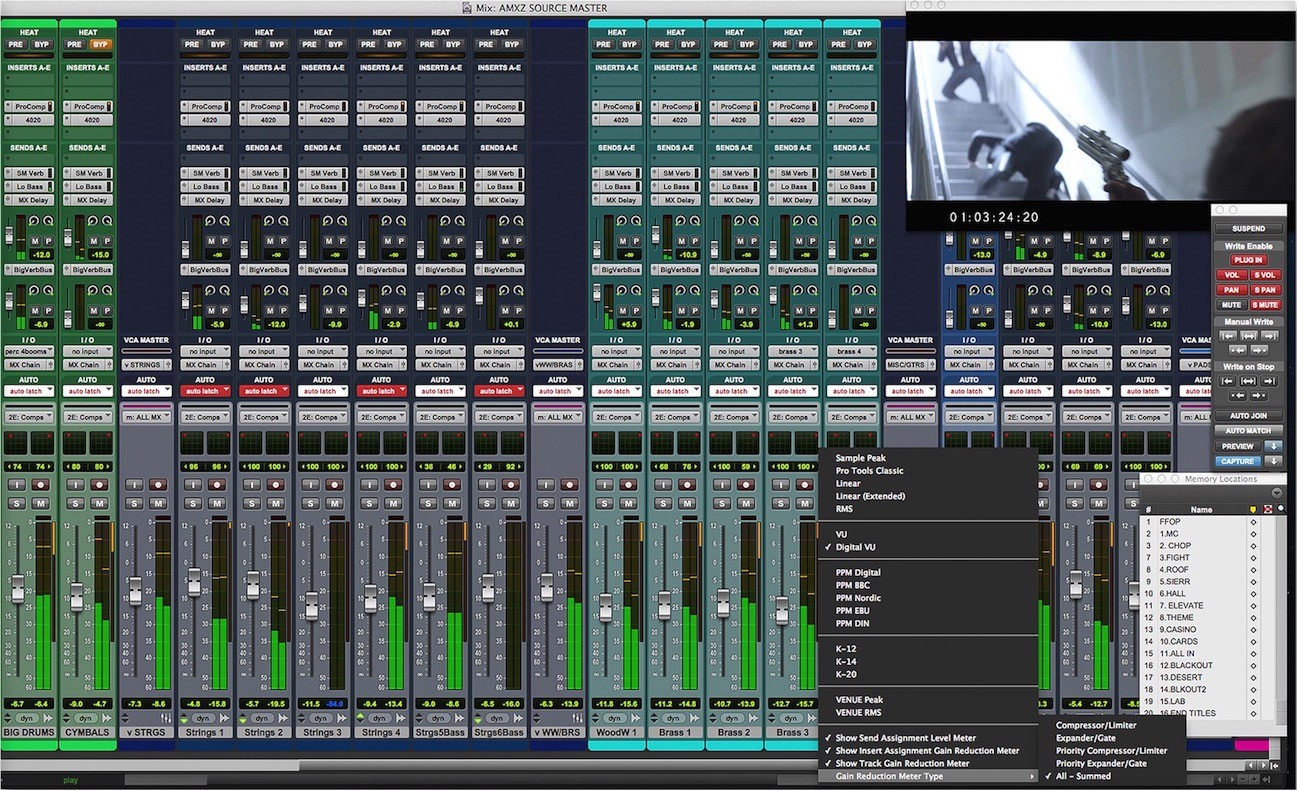
These are just more Chinese tools, which you will be obtaining by the most expensive route. Try this compressor and you might be pleasantly surprised.Click to expand.It’s no problem getting decent stuff into the U.K.įorget Craftsman, Blue Point and Gearwrench.

It sounds different, it isn’t as mid-forward to my ears but this doesn’t matter if you’re mixing into it and if you’re using a bus compressor you really want to be mixing into it from the beginning of your mix.
#American pro tools review series#
I love the UAD G series plugin for this but Impact does a great job with the same settings. In truth I usually tend to do one thing with this style of compressor - a couple of dB of compression on the peaks at 2:1 with a 30ms attack and release set to Auto is my regular starting point for anything which is driven by a backbeat on the snare. The important thing about an SSL style bus compressor is to get to know it and to mix into it the whole way through your mix, don’t just pop it in at the end. Without having used the real thing its possible to build up your expectations a bit further than is fair because, while it’s a really useful compressor which, when used right, sounds great on some material. Unlike much of the classic hardware which is endlessly modelled in plugin form, I’ve spent a lot of time hands on with an SSL bus compressor. This control is much easier to understand than its unfriendly name suggests, its an offset between the threshold value when the level is falling compared to the value when the level is rising and can be used to avoid chattering and false triggers. However for general gating duties get to know the hysteresis control. Or check the premium tutorial in which I illustrate the difference between these two, very similar, processes. Read Luke’s recent article in which he draws a distinction between the external side chain compression which is so often what people mean when talking about ducking and ‘real’ ducking which for clarity he refers to as an ‘inverse gate’. One of the big ones for me is a dedicated Ducking mode. However for more general use Pro Expander has some really useful features. For cleaning up drum tracks I’ve been a huge fan of Sonnox’s wonderful DrumGate, which because of its AI wipes the floor over any conventional gate for drums. However I think its relative the Pro Expander gets forgotten about. I have third party alternatives which are really, really good but for everyday compression tasks this is the one for me. Here are five plugins Pro Tools users might have been neglecting. There is some good stuff here so before you convince yourself that you can’t do good bus compression without buying something, actually you might already have what you need. Then there are the people who don’t have premium alternatives.
#American pro tools review update#
Anyone with a Pro Tools subscription or update plan has these plugins. However just because a premium plugin is better, it doesn’t follow that the stock plugin is bad, and something stock plugins have over third party plugins is ubiquity.

If you have Fabfilter’s Pro-Q3 I totally get why you don’t use the 7 band EQIII, the same goes for someone who has Cinematic Rooms who hasn’t opened Revibe II in a while. The best premium plugins are just brilliant. I just checked and found one, you’ll have to read on to find out which though. It has to be said that we often don’t feel the same about plugins we didn’t directly pay for though.Īnyone who has a Pro Tools subscription already has a ton of plugins, and there are probably some you haven’t even opened. And because we’ve spent good money on them we feel appropriately guilty at our wastefulness.

When talking about premium third party plugins for many of us that’s true. It’s a common complaint that we all have too many plugins.


 0 kommentar(er)
0 kommentar(er)
